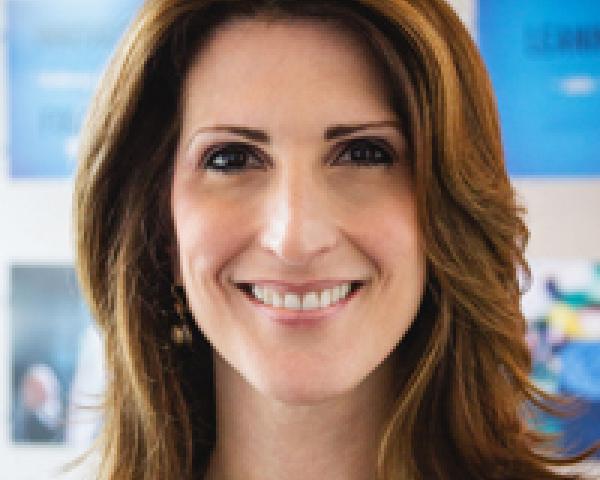Disrupters and the disrupted get all the attention these days.
But do you know who never seems to make big headlines? Brands that have been around for 100-plus years. Such businesses definitely could have been disrupted, yet they are still growing and innovating and, most importantly, remain highly respected.
This notion struck me during the winter holidays at a moment when I found myself simultaneously gift shopping (online), watching TV and brushing my teeth. Yes, I know that sounds weird, but here are the three brands that may consciously or unconsciously have mastered the art of disruption avoidance:
- Hallmark
- National Geographic
- Arm & Hammer
I dropped into my local Hallmark store shortly thereafter to buy some greeting cards and peruse the gift selection. If you step back and look at what the stores sell, it may seem like a hodgepodge. In addition to greeting cards, these shops tend to stock kitschy mugs, eye-catching jewelry, stylish scarves and home goods and lots of knickknacks.
See also: Insurance Disruption? Evolution Is Better
But when I took a closer look, I found myself tearing up at nearly every turn. Why? These “products” were actually vehicles for messages that hit people in the heart.
On the surface, the company appears to be in the greeting card and gift business, though that is not
how the company defines its “why.” The company defines it as: “Making the world a more caring place by helping each other laugh, love, heal, say thanks and make meaningful connections with others.”
Now that’s an enduring mission!
Back home, despite many TV channel choices, I have a hard time finding programs that are appealing. Nevertheless, one evening my husband and I stumbled upon a fascinating show about Mars. It was not only informative but gripped us and made us feel as though we were actually visiting the Red Planet.
I was curious about who produced the program. Then I saw the little yellow rectangle and knew it was
National Geographic.
I remember collecting that magazine as a kid. I had hundreds of them. Today, viewed the company through the eyes of someone who examines business innovation and disruption, it would seem that the magazine might have become obsolete, as people now get their information in various other ways. Many magazines have gone out of business or have been bought and sold because of this trend. But
National Geographic is still on newsstands.
If print media is so much less
relevant today than, say, 50 years ago, how has
National Geographic survived since 1888?
Let’s consider one last brand. As I was shopping for toothpaste recently, I realized that the Arm & Hammer logo is virtually unchanged from when I was a kid. Back then, like now, I hated the taste of baking soda but knew that it was something that made everything smell clean. There are plenty of other brands of baking soda, and even generic brands that are no different in terms of ingredients. Yet Arm & Hammer is clearly the most recognized brand, and it’s been the cornerstone of manufacturer Church & Dwight’s success since the mid-1800s.
Over the years, that company has figured out how to use baking soda in everything from laundry detergent to kitty litter. But it’s not really about the baking soda; it’s about the lasting brand and unchanged mission to further cleanliness and hygiene.
There are four shared traits among these brands:
- They are all more than 100 years old and still growing.
- They are products that continually attract new entrants while worrying competitors.
- Their logos have not really changed at all over the years.
- Their original product is still thriving in its original form.
See also: How to Be Disruptive in Emerging Markets
What can we learn from this? Old, growing companies that don’t make headlines and don’t get
disrupted are excellent at defining their purpose as something much deeper than just the product they originally sold. What’s more, there is no other company in the space better known for that unique purpose.
How many companies can we say that about in the insurance and finance industries?








